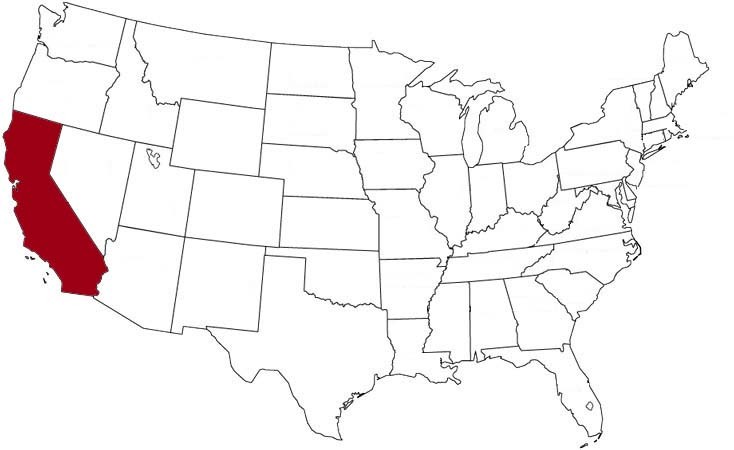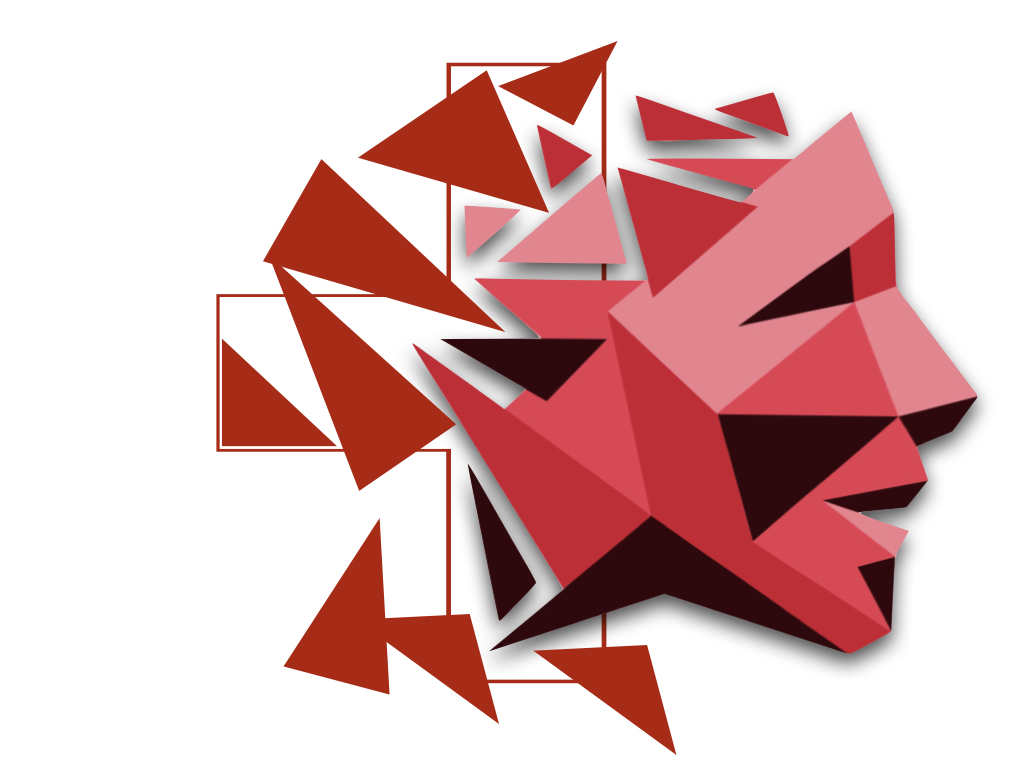
GSE
Global Secondary Education🇨🇭
®
K12, Common Core, USA Standard
Grade 6-8
Grade 6-8
Comprehensive Curriculum aligned to the State Academic Standards


1. Please choose the school
GSE® Courses, Grades 6 to 8
15 courses developed and presented by Gread Results and FEYDEY
MIDDLE School
3 Courses
MIDDLE SCHOOL
3 Courses
MIDDLE SCHOOL
3 Courses
MIDDLE School
3 Courses
MIDDLE SCHOOL
3 Courses
Middle School - Math
Grades 6 to 8

Mathematics 6
This course builds a foundation of high school Math skills that can be built upon in more advanced Math courses. Topics in this course include: ratio reasoning; multiplication and division; divide fractions by fractions; common factors and multiples; rational numbers; number line; arithmetic to algebraic expressions; solve one-variable equations and inequalities; dependent and independent variables; area, surface area, and volume; nets; statistical variability; plots and distributions.

Mathematics 7
This course builds a foundation of high school Math skills that can be built upon in more advanced Math courses. Topics in this course include: Proportional relationships; ratios and rates; operations with fractions; add, subtract, multiply, and divide rational numbers; properties of operations; expressions; numerical and algebraic expressions and equations; draw, construct, and describe geometrical figures; angle measure, area, surface area, and volume; random sampling and population; informal comparative inferences about two populations; probability; probability models.

Mathematics 8
This course builds a foundation of high school Math skills that can be built upon in more advanced Math courses. Topics in this course include: Rational and irrational numbers; radicals and integer exponents; scientific notation; proportional relationships, lines, and linear equations; analyze and solve linear equations, pairs of simultaneous linear equations; functions; model relationships between quantities; congruence and similarity; transformations; the Pythagorean Theorem; volume of cylinders, cones, and spheres; and investigate patterns of association in bivariate data.
Middle School - English
Grades 6 to 8

English Language Arts 6
This course is designed to help students develop reading, literature, writing, and comprehension skills. Students read stories of various genres and understand the niches of identifying the main idea, theme, and other elements of story. Reading also encompasses understanding the author's purpose, analyzing the different points of view, and the importance of pictures and illustrations in texts. Strategies to improve vocabulary such as understanding prefixes and suffixes, word analogies, use of transitions, and connotation and denotation help students showcase their writing skills in different genres. Punctuation, pronouns and types, sentence patterns, etc. are also given emphasis in this course.

English Language Arts 7
This course is designed to help students develop reading, literature, writing, and comprehension skills. Students read stories of various genres and understand the niches of identifying the main idea, theme, and other elements of story. Reading also encompasses understanding the author's purpose, analyzing the different points of view, and the importance of dialogs in stories. Strategies to improve vocabulary such as understanding prefixes and suffixes, word analogies, use of transitions, and connotation and denotation help students showcase their writing skills in different genres. Understanding the techniques of different types of writing helps students improve their writing skills.

English Language Arts 8
This course is designed to help students develop reading, literature, writing, comprehension, and grammar and language skills. Course topics include: Traditional Themes found in Modern Literature, Word Analogies, Inferences, Drawing Conclusions, Conjunctions, Significance of Conclusion to a Narration, Writing Techniques, Gerunds, Infinitives, Participles, Active and Passive Voice, Punctuation - Ellipses.
Middle School - Science
Grades 6 to 8

Science 6
In this course, students will learn about the hierarchical organization of living and nonliving things starting from cells to different organisms. They also analyze the ecology and interdependence of different components of different ecosystems and the dependence between different organisms. Thus, they understand energy transfer in the ecosystem. In addition, the students measure the different types of forces, energy, and motions responsible for various other phenomena. In addition, they evaluate the different phenomena related to the Earth and the universe. They discuss the heliocentric universe, the galaxies, and its components, including the solar system and other phenomena related to interactions between components in the solar system such as tides, eclipses, etc.

Science 7
In this course, students will understand the ecology and interdependence through nutrient cycles, photosynthesis, and cellular respiration. The students will also analyze the organization of matter and chemical interactions by studying the physical and chemical properties of matter, the gas laws, atomic models, bonding of atoms, elements, compounds, mixtures, chemical changes, and acids and bases. In addition, the students will evaluate the evidence of chemical changes and the conservation of mass in various chemical reactions. Also, the students will recognize the functions of the Earth's systems and cycles responsible for various meteorological phenomena namely atmospheric convection, and the resulting weather, climate, and water cycle, that leads to various seasons on the Earth.

Science 8
This course covers the basics of the components of reproduction and heredity, such as reproduction, and predicting the genetic combination using Punnett square. Students also evaluate the relationship between natural selection, adaptation, survival, and speciation of organisms. They are involved in identifying the different interaction of waves with various types of matter. In addition, they assess the factors involved in the evolution of the species and the dependency of humans on the Earth's systems and cycles for many resources including renewable and non-renewable resources.
Middle School - Social Studies
Grades 6 to 8

Social Studies 6
In this course, students study citizens and citizenship. The economics domain includes geographical features. The geography domain focuses on immigration to the USA and the world's resources. The history domain focuses on mass culture.

Social Studies 7
In this course, the students will examine issues related to contact between societies with differing worldviews. They will explore elements of worldviews and how these views are expressed by people living in different times and in different places.

Social Studies 8
In this course, the students will examine issues related to contact between societies with differing worldviews. They will explore elements of worldviews and how these views are expressed by people living in different times and in different places.
Middle School - Computer Science
Grades 6 to 8

Computer Science 6
This course helps you understand the interaction between humans and computing devices, know how hardware and software determine the storing capability, understand that troubleshooting is a systematic process, recognize that protocols help in sending and receiving information, understand how information sent can be protected from unauthorized access, know that algorithms automate data collection process and affect human-computer interaction, illustrate how applications store data as representations, explain data transformation that removes errors, simulate events using computer models, create variables to store data values, select and combine control structures, such as loops, event handlers, and conditionals, use procedures to organize code and making it easier to reuse, understand the designing of meaningful solutions by defining a problem's criteria and constraints, explore how advancements in computing technology change people's everyday activities, organize and engage in various topics through social media, and know the niches of protecting personal information.

Computer Science 7
The course focuses on the study of human-computer interaction, figure out how a computing system stores and processes information, understand that the systematic process of troubleshooting will begin with identifying the source of a problem, recognize the best path to send and receive data, explore the security measures to safeguard online information, know that data is sampled and converted into a computer-understandable form, understand that data transformation removes errors and expose relationships, know that algorithms that are readable are easier to follow, test, and debug, illustrate that variables enable flexibility to represent different situations, demonstrate why programmers use loops, event handlers, and conditionals to create complex program behavior, understand how procedures can be repurposed in new programs, develop programs based on the diverse needs and wants, demonstrate the impact of computing technology on globalization, and sketch the difference between allowing information to be public and keeping it secure.

Computer Science 8
In this course, you will understand how accessibility is an important consideration in the design of any computing system, know the various hardware and software factors that determine the capability of a computing system, use checklists to troubleshoot problems starting from the basics, know how protocols allow different devices to communicate, understand the difference between HTTP and HTTPS and secured information, analyze the difference between data collected by individual devices or by systems, explore how data is represented using characters, numbers, and bits, know how cleaning of data reduces noise and errors, understand how recommendations are predicted using data sets with the help of algorithms, know what variables are and how they are declared, explore the uses of compound and nested conditionals, state how a procedure is a module that performs tasks, employ user-centered designs to create solutions that can impact the society, feel the effect of globalization and the impacts of online piracy, and know how social networking can lead to social engineering and other unauthorized access to information.


